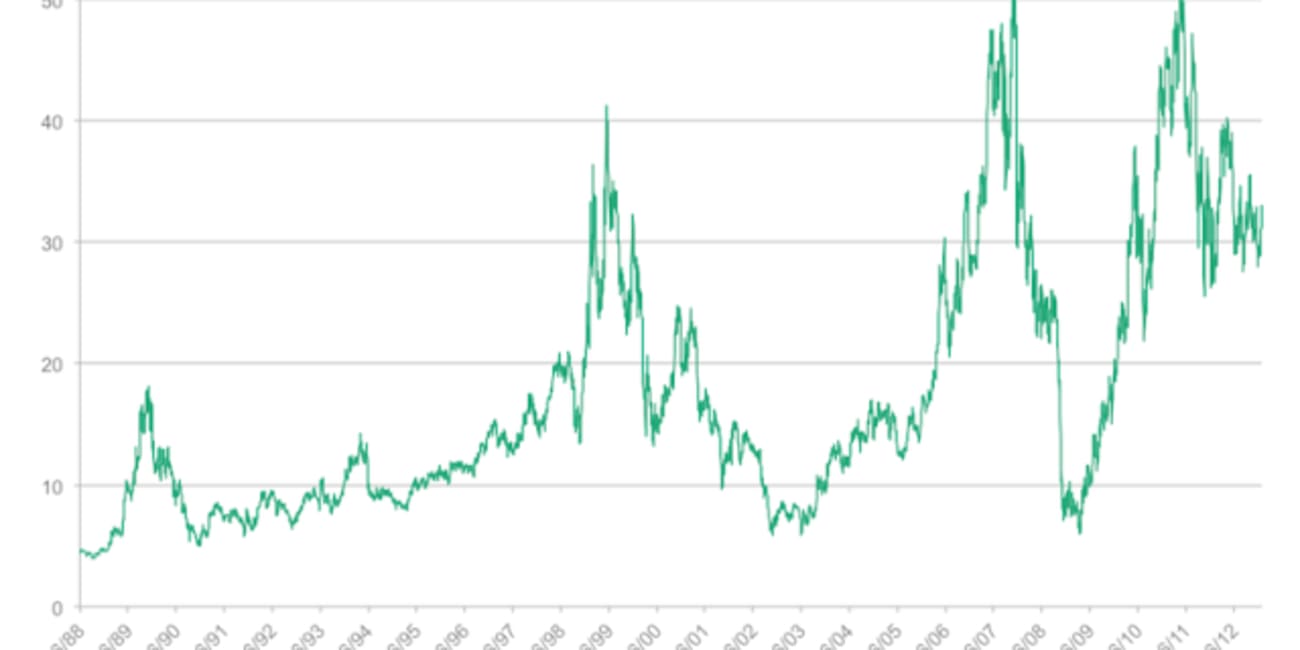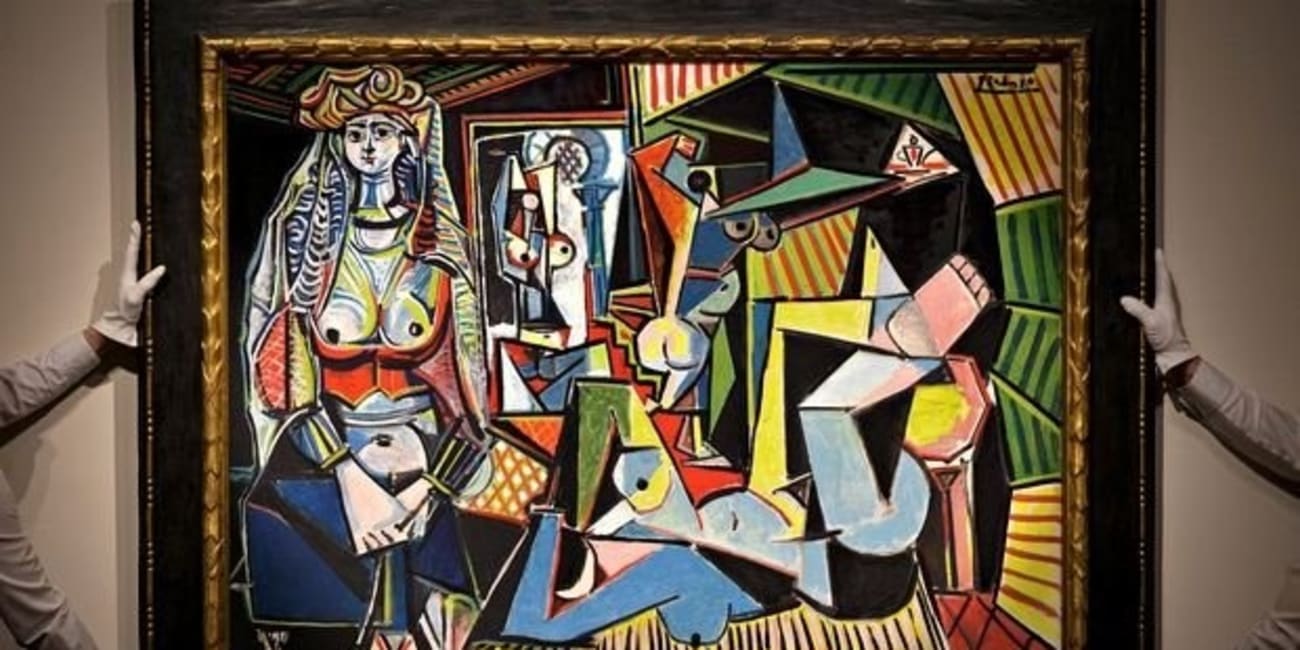|
 |
Are Art Markets Warning of a Bubble About to Burst?
Record-setting prices indicate greed; investors should be fearful.
Gustav Klimt’s “Portrait of Elisabeth Lederer” sold this past week for a record $236.4 million at a Sotheby’s auction in New York. Like many, the transaction price caught my attention. But it also sent my “bubble-spotting” seismograph gyrating, elevating the probability of a possibly imminent asset earthquake.
As I’ve previously written, record-setting art prices have been a pretty reliable predictor of bubbles about to burst. Regular readers of my work know that I am a staunch advocate of multi-disciplinary thinking. My thinking is simple: if every lens is biased, limited, and incomplete, why not use multiple lenses? Such multi-lens thinking is the essence of the generalist approach I suggest is the most effective way to navigate uncertainty.
Almost 15 years ago, I summarized my generalist approach to navigating financial bubbles in my first book, Boombustology: Spotting Financial Bubbles Before They Burst. Specifically, I shared my framework for understanding financial bubbles that is based on connecting insights from economics, psychology, epidemiology, and biology. I also highlighted some of my “seemingly irrelevant” indicators that had proven useful through history in identifying financial bubbles – before they popped. These included the world’s tallest skyscrapers, the financial performance of auction houses (see piece below), and yes, record-setting prices of treasure assets such as art, wine, and other collectibles. Derek Thompson even profiled my ideas in The Atlantic (“The Art of Bubbles: How Sotheby’s Predicts the World Economy”).
Because, art doesn’t have any intrinsic value, has no practical uses, and its value is entirely in the eye of the beholder, art is a luxury good in the truest sense, and for people to buy it at record-setting prices, several conditions must be met.
First, they must have money, and lots of it. Setting a world record price for a painting, given prior records, is the very embodiment of conspicuous consumption on steroids. Purchasers must have piles of excess cash to set record prices. That cash usually comes from people who have made “bubble windfalls” of extreme financial returns in a short time. Think of the Japanese bubble economy, the internet boom and bust, etc.
But not only do those with newfound wealth have to be eager to bid, but they must also believe the good times will continue indefinitely. The overconfidence and irrational extrapolation encourage risk-taking and speculative behaviors…such as buying art at record prices. Rather than deter such bidders, high prices tend to attract them. The track record of world record art prices indicating asset market exuberance is pretty impressive. My 2015 piece on this subject (link below) is worth skimming for those that are skeptical.
Record art prices often reflect the entry of new bidders into the art-collecting game. These newer buyers, in general, are from a new art-collecting class created by the “new new thing.” Think fracking entrepreneurs, crypto billionaires, or artificial intelligence gazillionaires. And who’s selling also matters. Record art prices are rarely set by the buying activity of long-time and sophisticated art collectors; rather, those very collectors are usually sellers in these transactions.
So, what are we to make of the Klimt sale?
Yes, the record price is noteworthy for a piece of art. But it’s perhaps more noteworthy for the conditions it reflects. It’s been said that art is a reflection of the reality in which it was created. Well, I have a caveat: Art prices are a reflection of the economy in which they were paid.
So who was the buyer of the Klimt? Someone with newfound wealth from an overconfident sector that believes the gains will continue indefinitely? A gold speculator? An AI-entrepreneur? A real estate tycoon focused on data centers? Or perhaps a Washington lobbyist specializing in tariff mitigation strategies with China as a major client? Sooner or later the name (and background) of the buyer will leak, and when it does, it will likely shed light on an industry with unsustainable returns. Could the Klimt sale be an indicator of a AI bubble about to burst? Time will tell.
Or what about the seller? The Lauder family (of cosmetics fame) has been one of the most sophisticated art collectors of all time. While the sale of the Klimt was part of an estate sale driven by the passing of Leonard Lauder, it’s unlikely the family would have sold into a weak market.
As I wrote in 2015, “one thing remains clear: art markets are flashing a caution sign and given their track record, I believe it’s better at this point for investors to focus on risk of loss rather than on opportunity to gain.” Paying $236 million for a painting is a sign of greed, not one of fear. And as Warren Buffett has often noted, it’s wise to be greedy when others are fearful and fearful when others are greedy.
VIKRAM MANSHARAMANI is an entrepreneur, consultant, scholar, neighbor, husband, father, volunteer, and professional generalist who thinks in multiple-dimensions and looks beyond the short-term. Self-taught to think around corners and connect original dots, he spends his time speaking with global leaders in business, government, academia, and journalism. He’s currently the Chairman and CEO of Goodwell Foods, a manufacturer of private label frozen pizza. LinkedIn has twice listed him as its #1 Top Voice in Money & Finance, and Worth profiled him as one of the 100 Most Powerful People in Global Finance. Vikram earned a PhD From MIT, has taught at Yale and Harvard, and is the author of three books, The Making of a Generalist: An Independent Thinker Finds Unconventional Success in an Uncertain World, Think for Yourself: Restoring Common Sense in an Age of Experts and Artificial Intelligence and Boombustology: Spotting Financial Bubbles Before They Burst. Vikram lives in Lincoln, New Hampshire with his wife and two children, where they can usually be found hiking or skiing.
You're currently a free subscriber to Navigating Uncertainty. For the full experience, upgrade your subscription.



